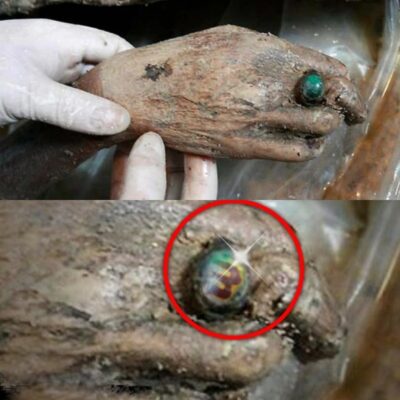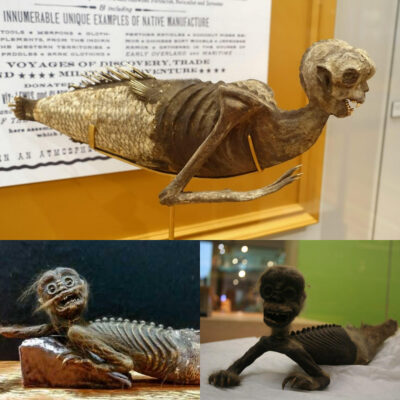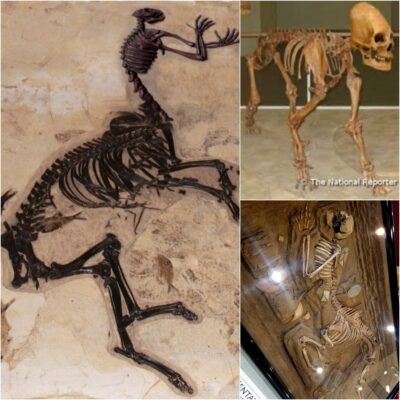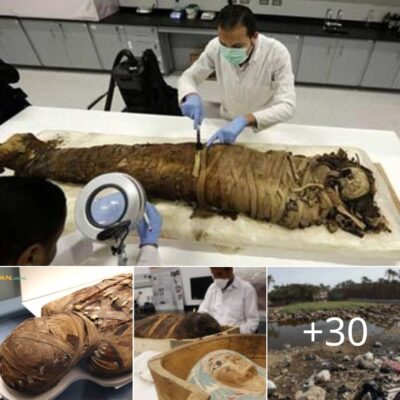The Junkers Ju 52, a German trimotor aircraft, with an all-metal construction that provided increased strength and reduced weight, surpassed its contemporaries that were built with wood or fabric. Boasting a service ceiling of 20,000 feet, its high-altitude performance was remarkable. Renowned for reliability, versatility, and ease of maintenance, the Ju 52 found favor with both civilian and military operators. Serving extensively during World War II, its legacy continued in various countries post-war.
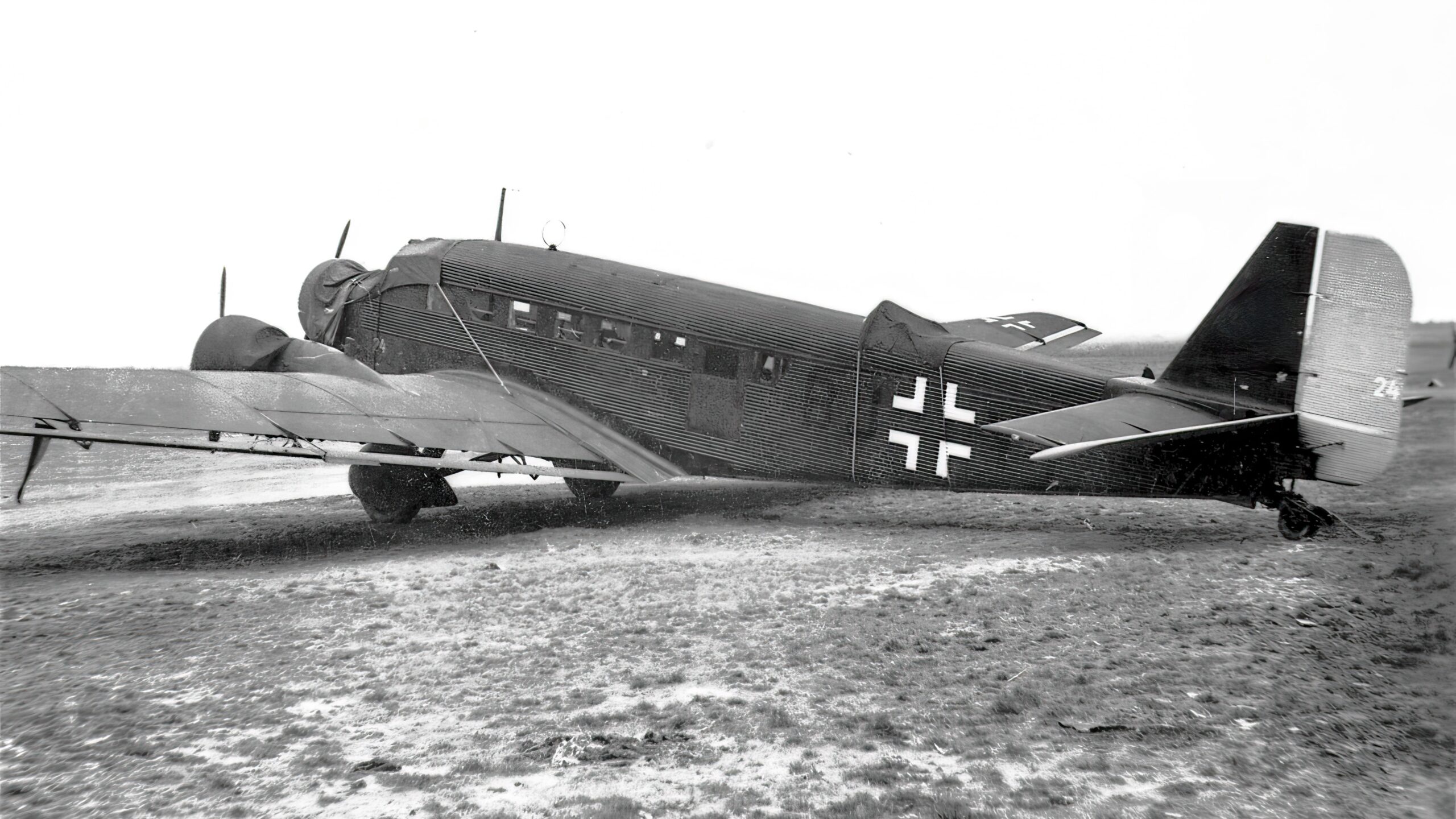
The Ju 52, nicknamed “Tante Ju”, could be found during World War II at almost all airfields in Europe and North Africa operated by the German Air Force
The Development History
The Junkers Ju 52 was conceived in the early 1930s. Originally designed for civil aviation, it quickly found its place in military applications due to its versatile nature.
During its development, the aircraft underwent several modifications to suit different roles. The choice of an all-metal construction was revolutionary, as it offered significant advantages in terms of weight and durability. The trimotor configuration was unique and contributed to the aircraft’s distinctive appearance and enhanced performance. This robust design made the Ju 52 a formidable asset during its time.
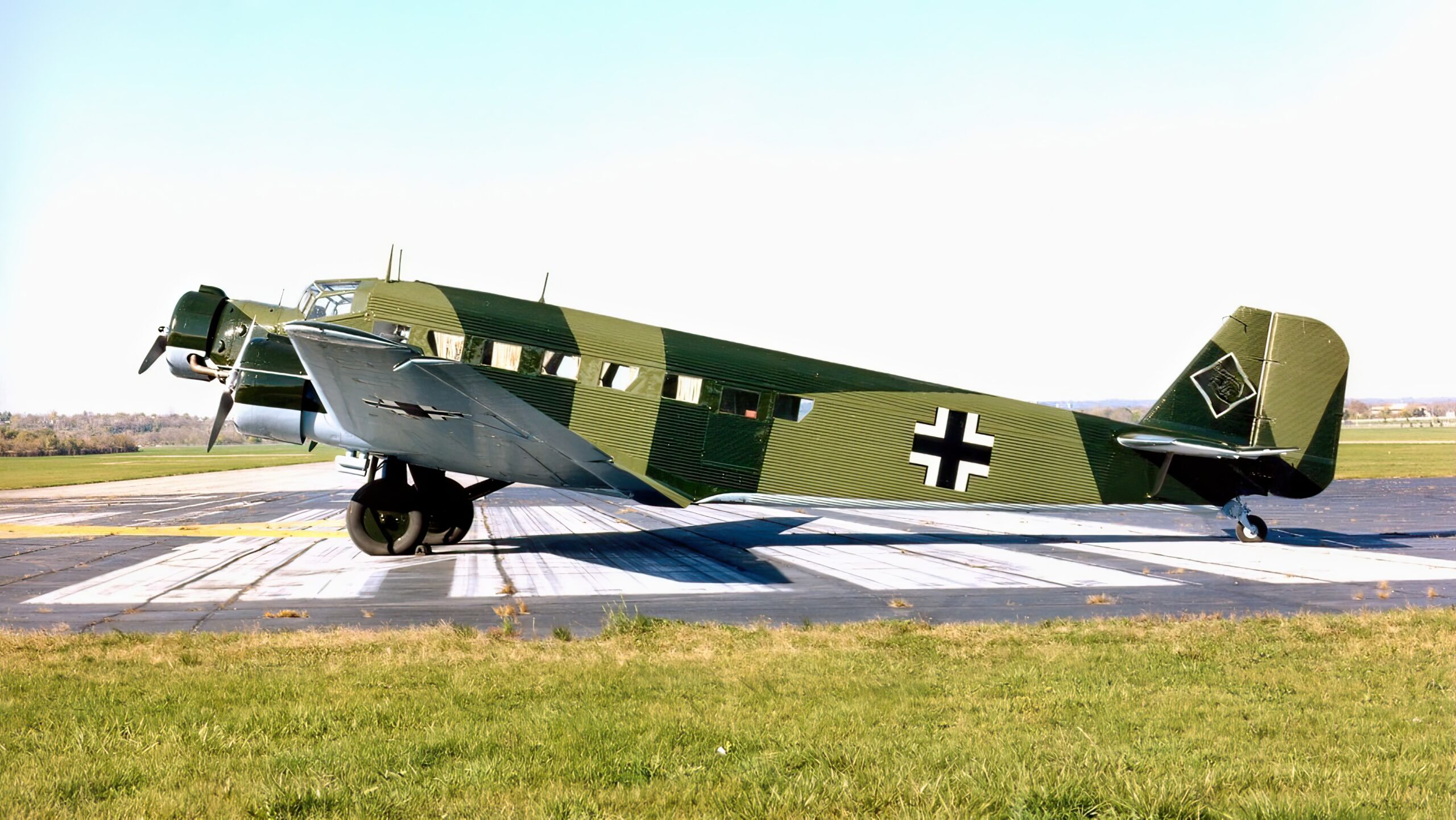
DAYTON, Ohio — Junkers Ju 52 at the National Museum of the United States Air Force. (U.S. Air Force photo)
The Engines
The Ju 52’s trimotor configuration was one of its defining features. Equipped with three BMW 132 engines, this aircraft could reach a maximum speed of around 170 mph.
These radial engines were not just powerful but also reliable. Pilots praised the engines’ ability to withstand challenging conditions, contributing to the aircraft’s overall reputation for reliability. Regular maintenance was simpler compared to other aircraft engines of the era, further adding to its appeal.
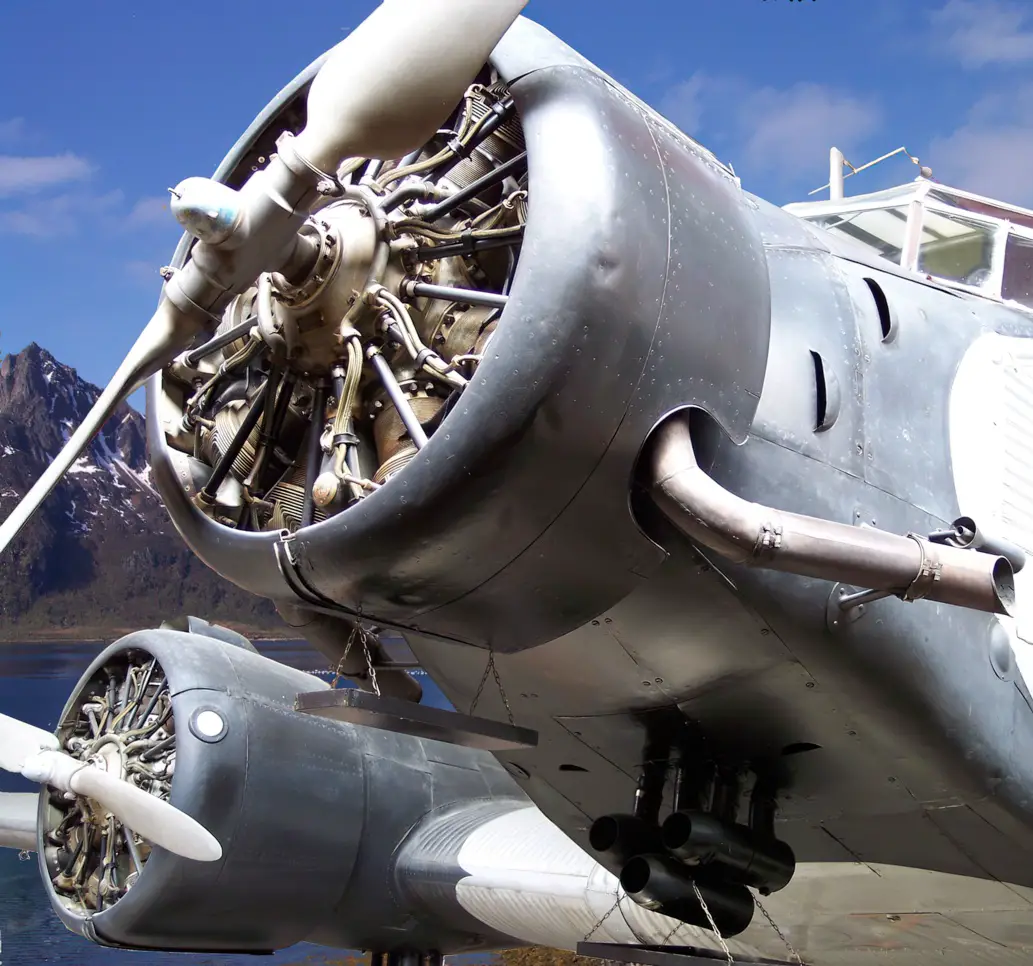
Ju 52 close up of engines
Versatility at Its Best
The Ju 52 saw extensive operational use during World War II, but its applications extended far beyond that. Its various roles included troop transport, cargo movement, and airdrops.
In the military context, the aircraft’s ability to operate in high-altitude conditions was highly valued. Its reliability made it a preferred choice for critical missions. Civilian operators were equally impressed with the Ju 52’s versatility, making it a popular choice for commercial aviation during its time.
Challenges and Limitations
Despite its strengths, the Junkers Ju 52 had its share of shortcomings. Its relatively slow speed made it vulnerable to enemy fighters during wartime, and its lack of defensive armaments further compounded this weakness.
Additionally, while the all-metal construction was advanced for its time, it also meant that repairing significant damage could be more time-consuming and costly. These challenges did not overshadow its many virtues but did place certain constraints on its operational use.
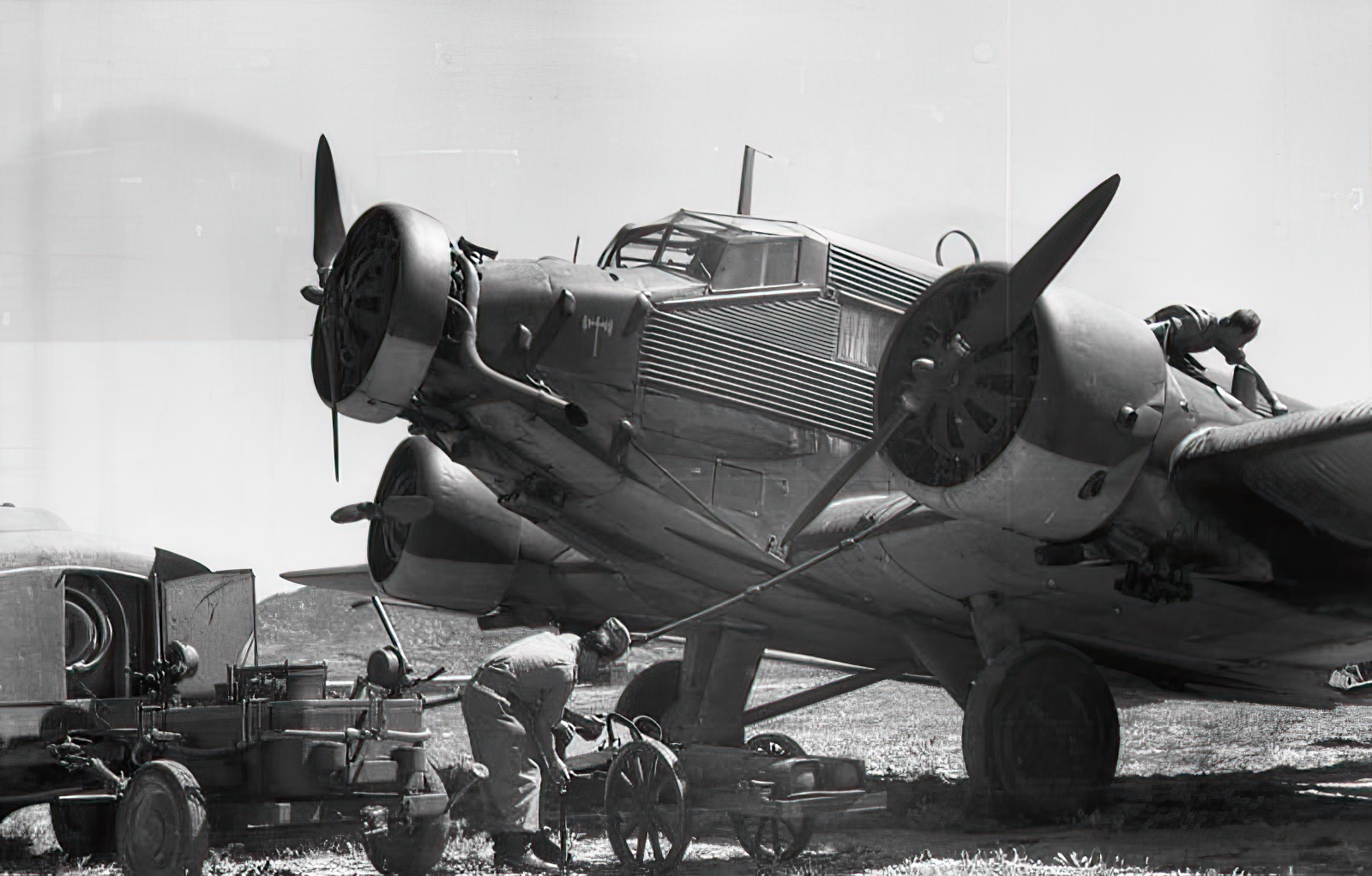
A Luftwaffe Ju 52 being serviced in Crete in 1943: Note the narrow-chord Townend ring on the central engine and the deeper-chord NACA cowlings on the wing engines Photo: Bundesarchiv, Bild 101I-026-0122-32A / Feichtenberger / CC-BY-SA 3.0
Production in France and Spain
The Junkers Ju 52’s impact reached beyond Germany’s borders. Production of the aircraft was also undertaken in France and Spain, reflecting its international appeal.
In France, the aircraft was produced under license by the company Amiot, while in Spain, CASA took up the production. These localized productions not only helped in meeting the growing demand but also fostered technological exchange and collaboration between countries.
The fact that production continued in other nations, even after the war, speaks volumes about the enduring quality and versatility of this aircraft.
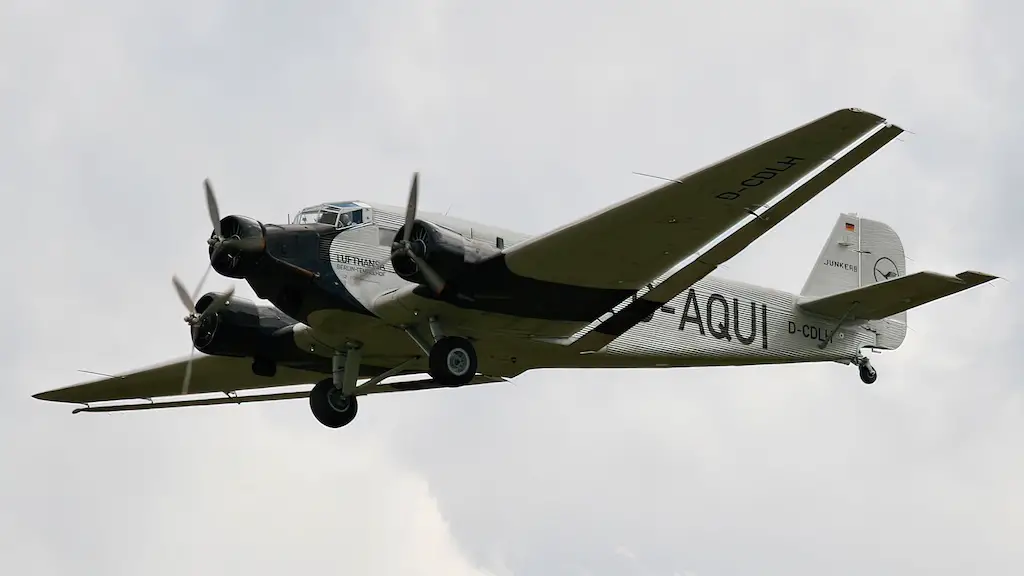
Lufthansa’s 21st-century airworthy heritage Ju 52/3mg2e (Wk-Nr 5489) in flight, showing the Doppelflügel, “double wing” trailing-edge control surfaces




